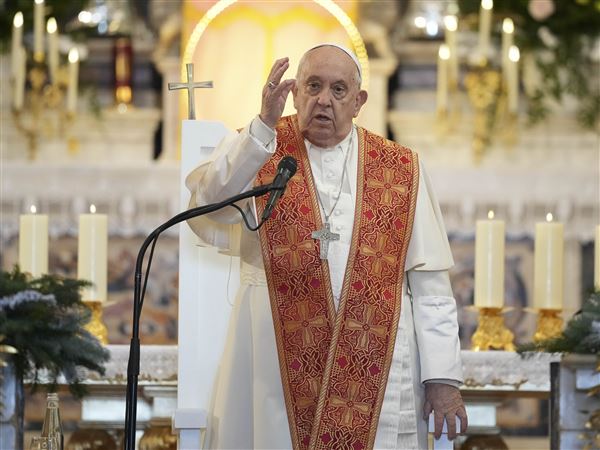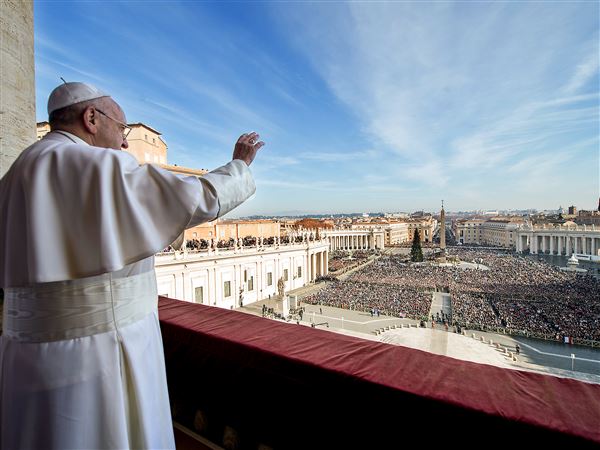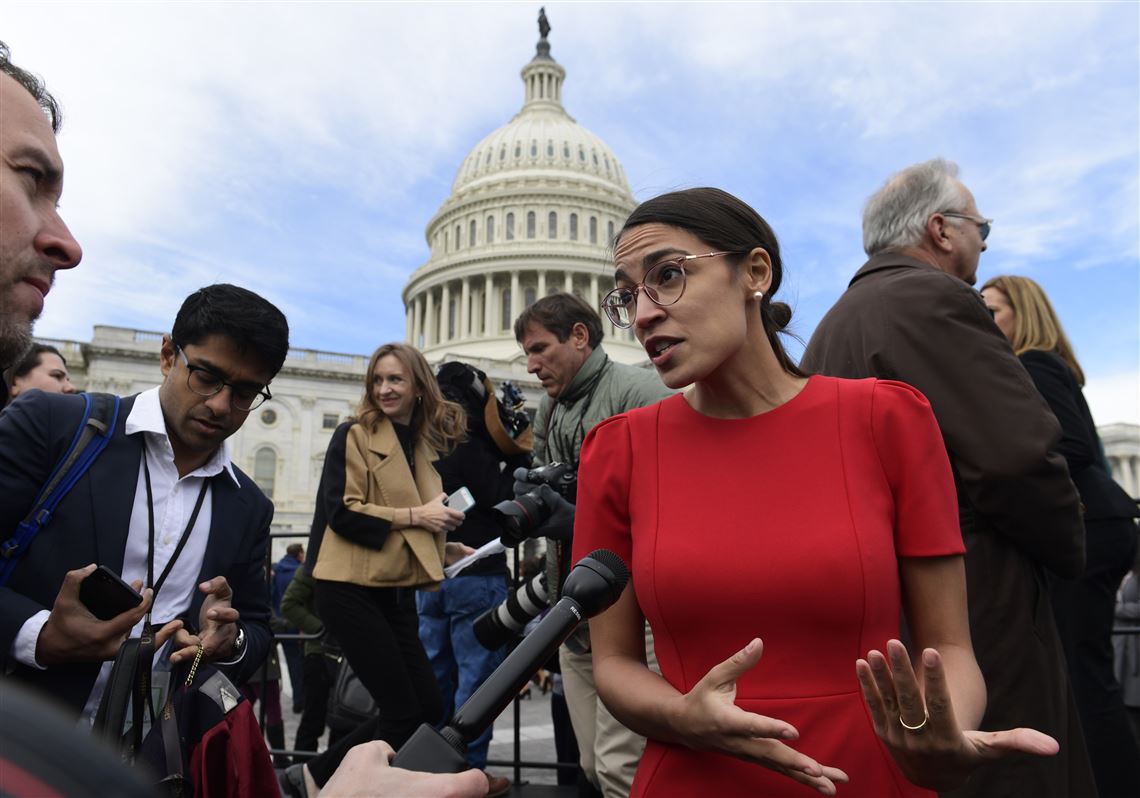Ever since Rep.-elect Alexandria Ocasio-Cortez, D-N.Y., surprised everyone and got elected to Congress, her finances have been the subject of nonstop gossip. Her parents moved to the suburbs when she was a small child? It was a “very nice home,” a conservative blogger sniffed. After she confessed she wasn’t moving to Washington because she had no salary until the new congressional session began and less than $7,000 in savings, another male blogger — posting a photo of her from the rear, no less — felt impelled to tweet “that jacket and coat don’t look like a girl who struggles.” Apparently when you are down to your last few thousand, you are supposed to wear — well, actually, I don’t know the answer to that.
And now CNBC has stepped in it. Taking as its starting point Ms. Ocasio-Cortez’s four-figure savings account, senior money writer Megan Leonhardt decided to step in and tell her what she was doing wrong.
Really.
On one hand, what’s going on here is not that hard to explain. Ms. Ocasio-Cortez is something of a sensation. If you want some attention, put her name in a tweet or a blog post, and you can all but guarantee you’ll get some attention. (Really. My editor was thrilled when I said I wanted to write about her today.) But the bigger issue is that this obsession about how Ms. Ocasio-Cortez spends her money serves to discredit both her issues generally and the financial pressures that millennials face specifically.
CNBC found one expert to opine that Ms. Ocasio-Cortez should have anywhere between $8,750 and $30,000 set aside in emergency savings. Another complained she didn’t set aside “the equivalent of a year’s salary in a retirement investment account.”
How this is supposed to work is often left unsaid. As CNBC itself reported last year, when adjusted for inflation, students attending public universities now pay 213 percent more than they did 30 years ago; those studying at private institutions pay 129 percent more. This is a big reason the total outstanding student loan debt has exploded to $1.4 trillion. Ms. Ocasio-Cortez graduated from Boston University in 2011, when two-thirds of students needed loans to finish a four-year degree. (If you are wondering, Ms. Ocasio-Cortez reports student loan debt on her financial disclosure reports.) On average, the class of 2011 owed $26,000. By 2016, that number had increased by almost 40 percent to slightly more than $37,000.
She could save by living somewhere cheaper, comes the reply. But the cost of renting that first apartment out of school — especially in the cities where the jobs are — has increased well beyond that of wage increases. Another CNBC story from last year: the tale of a young couple whose San Francisco landlord more than tripled their rent for a small two-bedroom apartment from $1,900 a month to $6,700. As for buying a home — well, good luck. Housing affordability is at its lowest point in a decade.
And then there are health care bills, which continue to rise. Ditto, if one has a family, the cost of child care.
All of this impacts savings. There is the now-famous study showing about 40 percent of the population couldn’t come up with $400 out of their own savings on a bet. A more recent survey found 1 in 5 Americans have managed to put exactly no dollars at all aside for retirement. More than half of Americans say they are worried about being able to afford their health insurance deductible, prescription drug costs and surprise medical bills.
These financial realities undergirded Ms. Ocasio-Cortez’s campaign. As the CNBC piece itself noted, she “ran on a progressive platform that highlighted issues like affordable housing, the cost of college, a jobs guarantee program and Medicare for all.”
Yet many people would like to pretend that the financial woes of millions of Americans are not systemic but, rather, their own fault, a side effect of their spendthrift, undisciplined ways. There’s been a long campaign to blame financial difficulties — especially millennials’ troubles — on everything from lattes to avocado toast to iPhones. Others attempt to sound well-meaning and posit that it has to do with lack of financial literacy, as if there are millions of people out there who somehow don’t believe they need to save money or are ignorant about how to do so.
Personal finance advice likes to pass itself off as service journalism, but when the advice is passed off as something anyone can do, with no serious attempt to grapple with how greater economic and sociological circumstances combine to render the advice offered useless to almost everyone, that “service” becomes as political as it gets. It’s blaming individual Americans for their failure to surmount a system in which the rich get richer and the rest of us fall behind.
The attacks on Ms. Ocasio-Cortez’s finances fall into this category. If you can somehow prove she isn’t who she says she is financially, or that her financial woes are largely the result of her own behavior, you don’t need to take the economic concerns of millennials and other falling-behind Americans that fueled her political ascent seriously.
Helaine Olen is a contributor to The Washington Post and the author of “Pound Foolish: Exposing the Dark Side of the Personal Finance Industry.”
First Published: November 27, 2018, 12:00 p.m.














